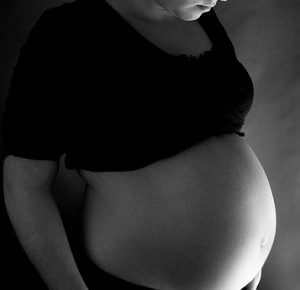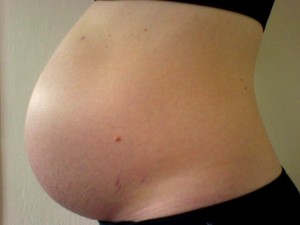Morning sickness
Published: March 15, 2020
Morning sickness, also known as nausea and vomiting in pregnancy, is a normal part of pregnancy and does not put the baby at any risk.
During early pregnancy, as many as half of all women experience vomiting and around 3 in 10 experience nausea without vomiting. Morning sickness usually goes away after the first 3 months of pregnancy but around 1 in 10 women continues to have it for up to their 20th week.
What causes it?
The exact cause of morning sickness is unknown, but a few have been suggested over the years. These include:
- Oestrogen increase – a rise in the female sex hormone can cause short-term nausea and vomiting. Oestrogen levels are highest in the first 3 months of pregnancy, when symptoms are most prevelant.
- Human chorionic gonadotropin (HCG) levels – this hormone rises rapidly during early pregnancy. Nausea often peaks around the same time as the levels of HCG. Conditions in which women have higher levels of the hormone, such as carrying more than one baby, are associated with higher rates of nausea and vomiting.
- Nutritional deficiency – a diet lacking in vitamin B6 has also been named a likely cause. Foods which contain this vitamin include bread, cereals, potatoes, milk and peanuts.
- An enhanced sense of smell – it is not uncommon for women in early pregnancy to have strong reactions to certain smells, some of which automatically trigger a gag reflex.
- Gastrointestinal problems – some research suggests that women with a stomach bacterium called helicobacter pylori are more likely to have severe or long-lasting nausea and vomiting. Also, during pregnancy, the body produces more of progesterone to protect the womb. Increased levels of this hormone cause decreased movement in the oesophagus, small intestine and stomach.
What are the risk factors?
There is no sure way of knowing whether or not a woman will have morning sickness during her pregnancy, but there are a few known risk factors, including:
- A previous pregnancy with morning sickness
- If the mother is young
- If it is a first pregnancy
- If the foetus is female
- A history of motion sickness
- A history of using oestrogen-based contraceptives and experiencing nausea
- Carrying multiples, such as twins
- Stress
- Obesity
How is it treated?
In most cases, morning sickness is treated by making some dietary and lifestyle changes, which may involve:
- Getting plenty of rest
- Drinking little and often
- Eating small, regular meals high in carbohydrate and low in fat
- Eating cold rather than hot meals (to minimise smell)
- Wearing comfortable clothes
- Taking ginger supplements
In severe cases, a doctor may prescribe medication, designed to reduce both nausea and vomiting.
When should I seek help?
Sometimes morning sickness can be mistaken for a more serious underlying condition, such as urinary tract infection or appendicitis. It is important to seek immediate medical help if any of the following symptoms arise:
- Very dark-coloured urine or not passing urine for over eight hours
- Fever
- Vomiting blood
- Abdominal pain
- Severe weakness
- Racing heart
- Inability to keep fluids down for 24 hours
Click here to read about pre-eclampsia, ectopic pregnancies, stretch marks and what happens during a miscarriage.
Images: davhor and danox on Flikr
Posts you might also find interesting:
One Response to “Morning sickness”
Leave a Reply
You must be logged in to post a comment.






End Morning Sickness
26. Mar, 2011
Thanks for the information. I never knew morning sickness could be so dangerous.